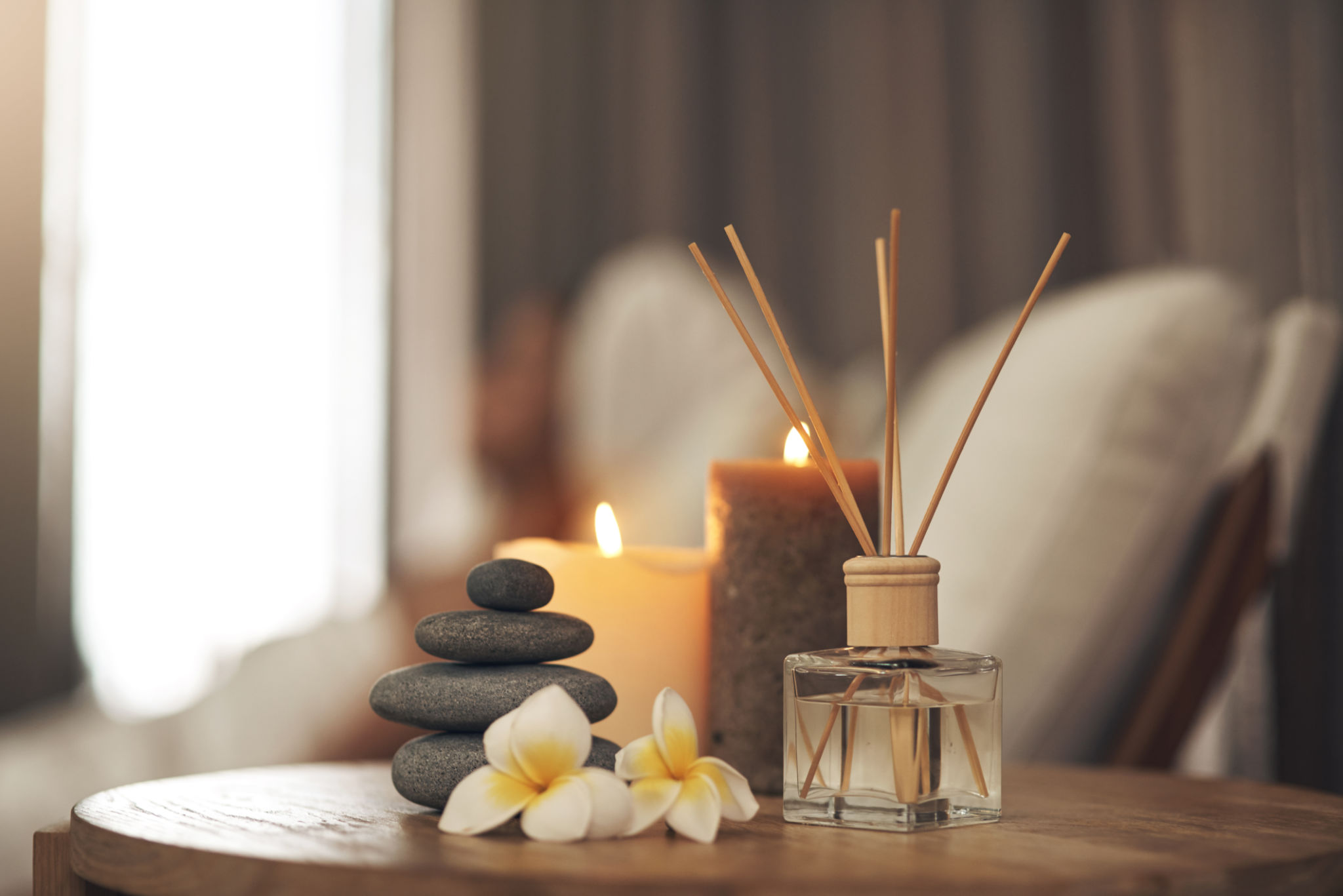Thai Massage Techniques: A Comparison with Western Massage Styles
Understanding Thai Massage
Thai massage is an ancient healing practice with roots that can be traced back over 2,500 years. Unlike other types of massage, it does not involve the use of oils or lotions and is typically performed on a mat on the floor. The recipient wears comfortable clothing that allows for movement. Thai massage is sometimes referred to as "lazy person's yoga" because it incorporates many yoga-like stretches.
The primary goal of Thai massage is to enhance the flow of energy throughout the body, restoring balance and promoting overall well-being. This technique utilizes a combination of acupressure, joint mobilization, and assisted yoga postures.

Western Massage Styles
Western massage techniques, such as Swedish and deep tissue massage, focus primarily on muscle relaxation and tension relief. Swedish massage is characterized by its gentle, flowing strokes, which aim to improve circulation and promote relaxation. Deep tissue massage, on the other hand, targets deeper layers of muscle tissue, often using more intense pressure to release chronic muscle tension.
While both styles are beneficial for relieving stress and promoting relaxation, they differ significantly from Thai massage in terms of methodology and techniques used.

Key Differences Between Thai and Western Massage
There are several key differences between Thai massage and Western massage styles:
- Method of Delivery: Thai massage is performed on a mat on the floor, whereas Western massages are typically conducted on a massage table.
- Client Participation: In Thai massage, clients are more actively involved through assisted stretches. Western massages generally require clients to remain passive.
- Use of Oils: Unlike Western styles, Thai massage does not involve oils or lotions.
- Focus: Thai massage emphasizes energy lines and holistic well-being; Western techniques focus more on muscle manipulation and tension relief.
The Benefits of Thai Massage
Thai massage offers numerous benefits that extend beyond simple muscle relaxation. By incorporating stretches and acupressure, it can improve flexibility, reduce stress, and increase energy levels. Many people find that they leave a Thai massage session feeling invigorated and refreshed.
Moreover, because it addresses the body's energy flow, Thai massage may also contribute to better emotional health by alleviating symptoms of anxiety and depression.

Choosing the Right Style for You
When deciding between Thai and Western massage techniques, it's important to consider your personal preferences and specific needs. If you prefer a more dynamic experience that involves stretching and active participation, Thai massage might be the right choice for you. However, if you seek a more traditional approach focused on muscle relaxation, a Swedish or deep tissue massage could be more suitable.
Ultimately, both styles offer unique benefits that can complement each other when combined in a balanced wellness routine.

Conclusion
Both Thai and Western massage techniques have their own distinct advantages. Whether you're looking to relieve muscle tension or enhance your body's energy flow, there is a massage style that can meet your needs. By understanding the differences between these techniques, you can make an informed decision about which type of massage is best for you.
Consider trying both styles to experience their unique benefits firsthand. Each has something valuable to offer that can contribute to your overall health and well-being.